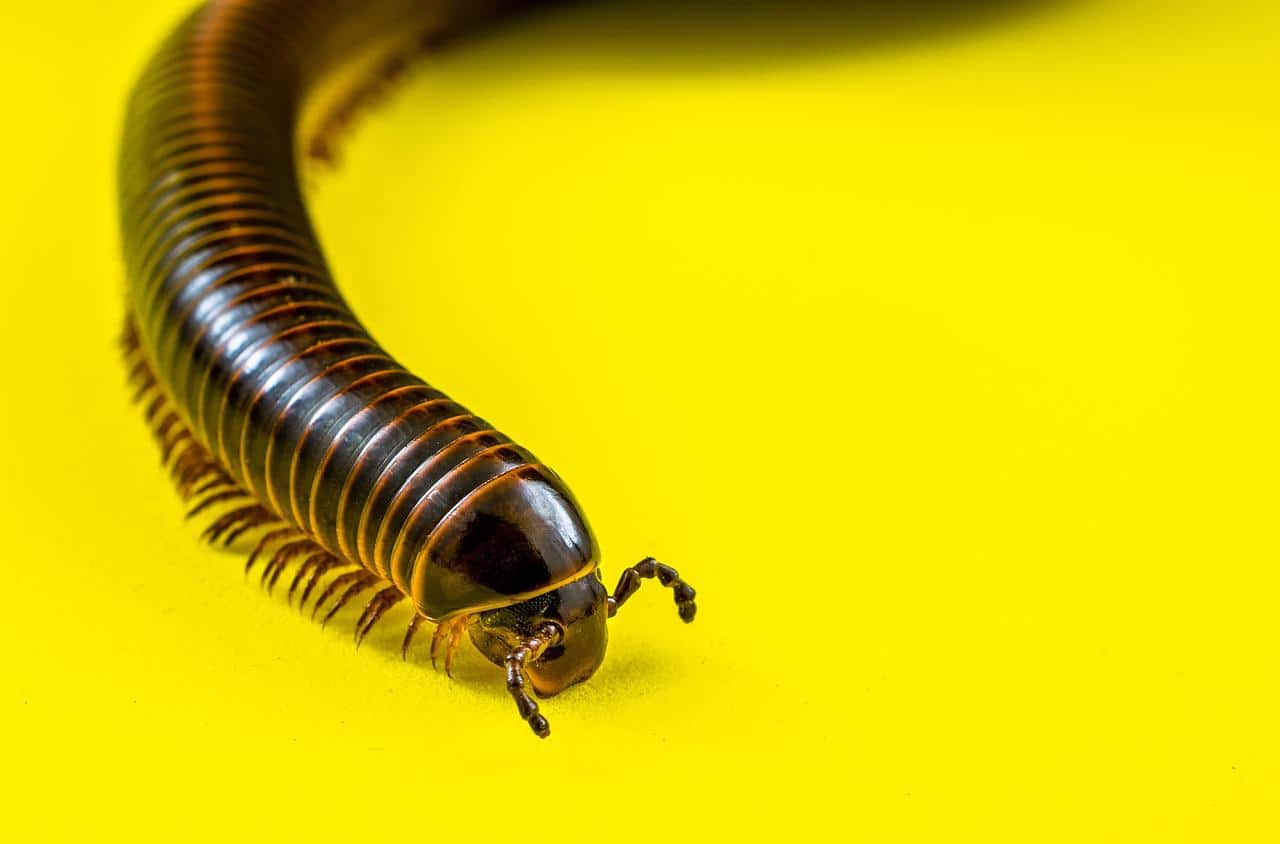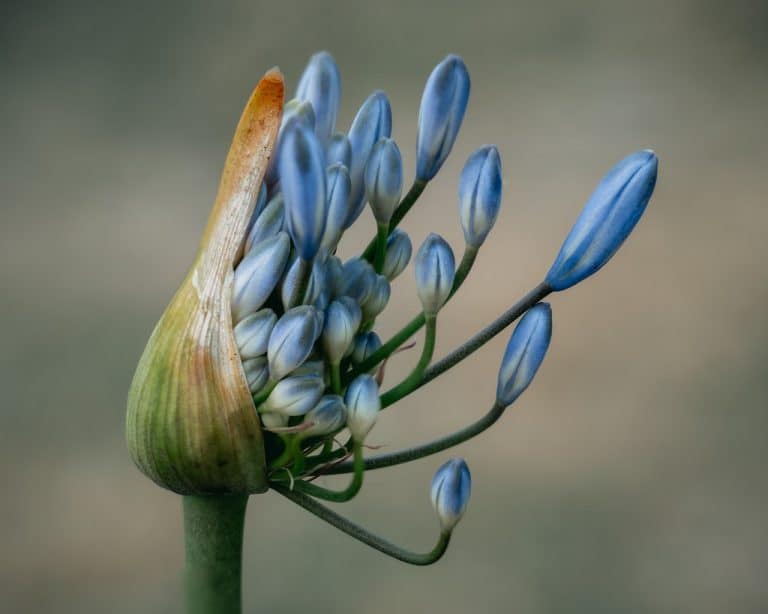How Do I Get Rid Of Centipedes In My Houseplants
Centipedes are a type of arthropod that belongs to the class Chilopoda. They are characterized by having a pair of legs on each body segment, and they can range in size from just a few millimeters to over 30 centimeters in length. Its very easy to get rid of centipedes.
Centipedes are found all over the world, and they typically live in moist, dark environments such as under rocks or in mulch.
There are many different types of centipedes, but the most common ones found in homes are house centipedes and tropical centipedes.
House centipedes are usually yellowish or brown and have 15 pairs of legs. They are typically found in damp areas such as basements, crawl spaces, and kitchens.
Tropical centipedes are larger than house centipedes and can be up to 8 inches in length.
They are usually red or orange and have 21 pairs of legs. Tropical centipedes are typically found in humid environments such as rainforests.
Centipedes can be any color, but the most common ones are brown, black, or white. Centipedes are often mistaken for millipedes, but they can be distinguished by their number of legs. Centipedes have two legs per body segment while millipedes have four.
Centipedes feed on a variety of small animals such as insects, spiders, and worms. They use their long legs to run after their prey and then they kill it with their sharp claws but sometimes indoor plant infested with centipedes.
Centipedes typically eat live prey, but they will also eat dead insects if they are available.
Centipedes are not harmful to houseplants, and in fact, they can be beneficial because they help to control populations of pests such as ants, mites, and other small insects.
However, some people prefer not to have centipedes in their homes, and if this is the case, there are a few things that you can do to get rid of them.
There are a few things that can attract centipedes to your houseplants, including:
1. Moisture – Centipedes are attracted to moist environments, so if your plants are being watered regularly or if there is high humidity in your home, this can be a factor.
2. Pests – As mentioned above, centipedes feed on small insects, so if your plants are infested with pests, this can attract centipedes.
3. Darkness – Centipedes prefer dark environments, so if your plants are located in a dark room or if they are not getting enough light, this can be a factor.
If you want to get rid of centipedes in your houseplants, there are a few things that you can do:
1. Remove moisture – One of the best ways to get rid of centipedes is to remove the moisture that they are attracted to.
This means watering your plants less often and making sure that there is good drainage. If you have high humidity in your home, you can use a dehumidifier to help reduce the moisture in the air.
2. Get rid of pests – If centipedes are attracted to your plants because of the pests that they feed on, then getting rid of the pests will help to get rid of the centipedes. This can be done by using an insecticide or by manually removing the pests from your plants.
3. Increase light – If centipedes are attracted to your plants because they are in a dark location, then increasing the amount of light that they get will help to get rid of them.
This can be done by moving your plants to a brighter location or by using grow lights.
4. Use traps – Another way to get rid of centipedes is to use traps. There are many different types of traps that you can use, including glue traps and pitfall traps.
5. Use a pesticide – If you want to use a chemical method to get rid of centipedes, there are a few pesticides that are effective, including pyrethroids and carbamates.
Be sure to follow the instructions on the label carefully to avoid harming your plants.
6. Sticky traps – Sticky traps are a type of trap that is coated with a sticky substance that will trap the centipede when it walks across it.
These traps can be bought at most hardware stores or online.
7. Pitfall traps – Pitfall traps are another type of trap that can be used to catch centipedes.
These traps work by digging a pit in the ground and then covering it with a piece of cardboard or other material. The centipede will fall into the pit and be unable to get out.
8. Pyrethroid pesticides – Pyrethroid pesticides are a type of chemical that is used to kill insects. These pesticides work by causing paralysis in the insect, and they are effective against many different types of pests, including centipedes.
9. Carbamate pesticides – Carbamate pesticides are another type of chemical that can be used to kill insects.
These pesticides work by inhibiting the activity of the insect’s nervous system, and they are effective against many different types of pests, including centipedes.
You can also try a natural method to get rid of centipedes, such as using diatomaceous earth.
This is a powdery substance that is made from the fossilized remains of algae and it works by puncturing the exoskeletons of insects, which kills them. You can find this product at most garden stores.
Neem oil natural product works by disrupting the hormone system of insects, which causes them to die. You can find neem oil at most garden stores or online.
Be sure to follow the instructions on the label carefully to avoid harming your plants.
Different houseplants are affected differently by centipedes. Some plants, such as ferns, are not affected at all by centipedes.
Other plants, such as roses, can be severely damaged by centipedes. Still, other plants, such as impatiens, can be moderately damaged by centipedes.
The best way to determine how a particular plant will be affected by centipedes is to consult a gardening guide or ask a nursery worker.







